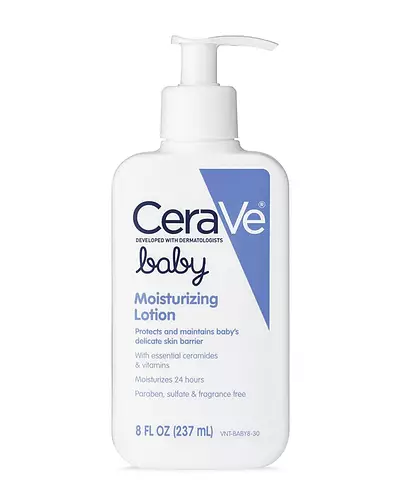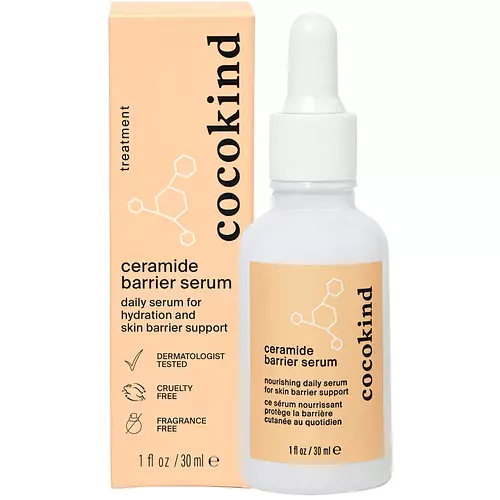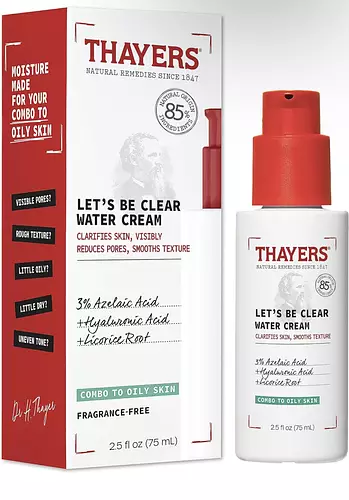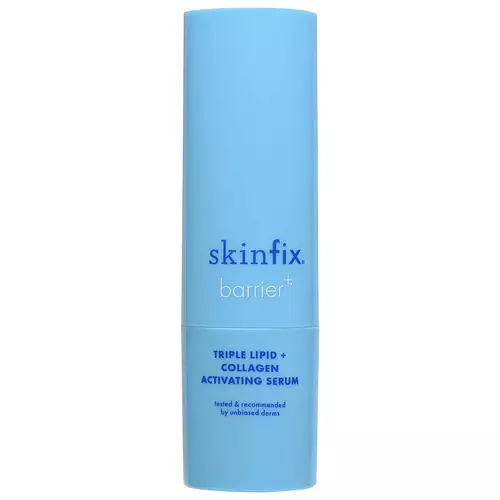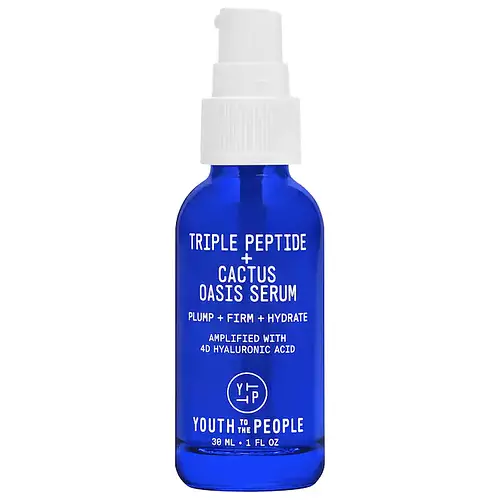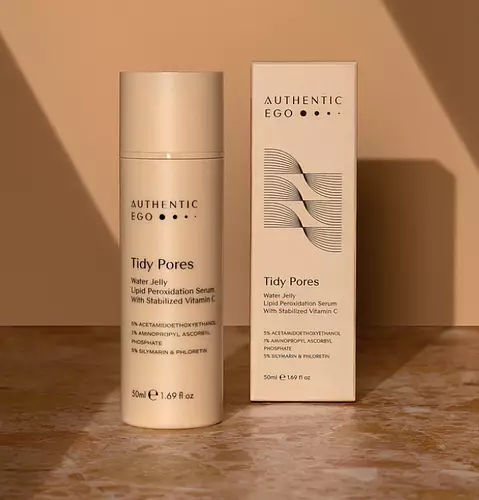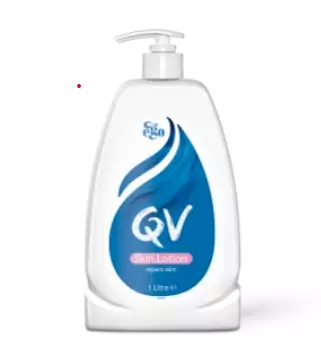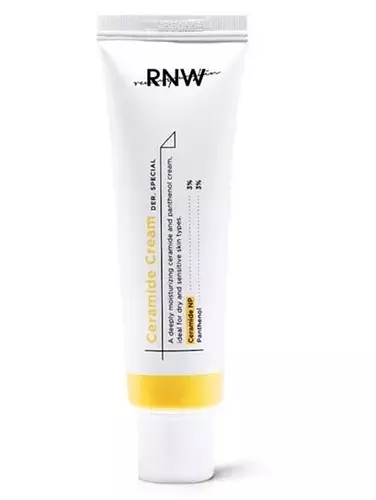Updated on June 25, 2024
Overview
What they are
These products are both reef safe . They have a total of 2 ingredients in common
Suited For
They're both likely to be good for dry skin, brightening skin and sensitive skin
Free From
They both do not contain any harsh alcohols, common allergens, oils or parabens
We independently verify ingredients, and our claims are backed by peer-reviewed research. Spot a product that needs an update? Let us know.
Ingredient Info
CeraVe Baby Moisturizing Lotion 30 ingredients
Regimen Lab Wave Serum 21 ingredients
At a glance
Click on any of the items below to learn more
CeraVe Baby Moisturizing Lotion 30 ingredients
Regimen Lab Wave Serum 21 ingredients
Notable Ingredients
This product contains 2 ingredients that may have this attribute:
This product contains 1 ingredient that may have this attribute:
This product contains 3 ingredients that may have this attribute:
This product contains 1 ingredient that may have this attribute:
Benefits
This product contains 5 ingredients that may have this attribute:
This product contains 1 ingredient that may have this attribute:
This product contains 6 ingredients that may have this attribute:
This product contains 4 ingredients that may have this attribute:
This product contains 1 ingredient that may have this attribute:
This product contains 4 ingredients that may have this attribute:
This product contains 1 ingredient that may have this attribute:
This product contains 2 ingredients that may have this attribute:
This product contains 1 ingredient that may have this attribute:
This product contains 3 ingredients that may have this attribute:
Concerns
This product contains 2 ingredients that may have this attribute:
This product contains 2 ingredients that may have this attribute:
This product contains 1 ingredient that may have this attribute:
Notable Ingredients
This product contains 1 ingredient that may have this attribute:
Benefits
This product contains 1 ingredient that may have this attribute:
This product contains 2 ingredients that may have this attribute:
Concerns
This product contains 1 ingredient that may have this attribute:
This product contains 1 ingredient that may have this attribute:
Ingredients Side-by-side
Ingredients Explained
These ingredients are found in both products.
Ingredients higher up in an ingredient list are typically present in a larger amount.
Water. It's the most common cosmetic ingredient of all. You'll usually see it at the top of ingredient lists, meaning that it makes up the largest part of the product.
So why is it so popular? Water most often acts as a solvent - this means that it helps dissolve other ingredients into the formulation.
You'll also recognize water as that liquid we all need to stay alive. If you see this, drink a glass of water. Stay hydrated!
Learn more about WaterXanthan gum is used as a stabilizer and thickener within cosmetic products. It helps give products a sticky, thick feeling - preventing them from being too runny.
On the technical side of things, xanthan gum is a polysaccharide - a combination consisting of multiple sugar molecules bonded together.
Xanthan gum is a pretty common and great ingredient. It is a natural, non-toxic, non-irritating ingredient that is also commonly used in food products.
Learn more about Xanthan GumIngredient Ratings
Here's what our community thinks of the ingredients in these two products.
When to use
CeraVe Baby Moisturizing Lotion 30 ingredients
Regimen Lab Wave Serum 21 ingredients


Reviews
Here's what our community thinks
CeraVe Baby Moisturizing Lotion 30 ingredients
Claire L.
After my triplets were born, skincare fell by the wayside. I bought this for them but ended up using it as a head-to-toe moisturizer on myself for...
After my triplets were born, skincare fell by the wayside. I bought this for them but ended up using it as a head-to-toe moisturizer on myself for the first few months as my sole skincare. It's nice, not greasy, has some niacinamide, and just feels good on the skin. It's a little heavy to layer on top of all my serums etc. so I don't use it on my face anymore. The extreme minimalist could use it as a one and done if they wanted.
